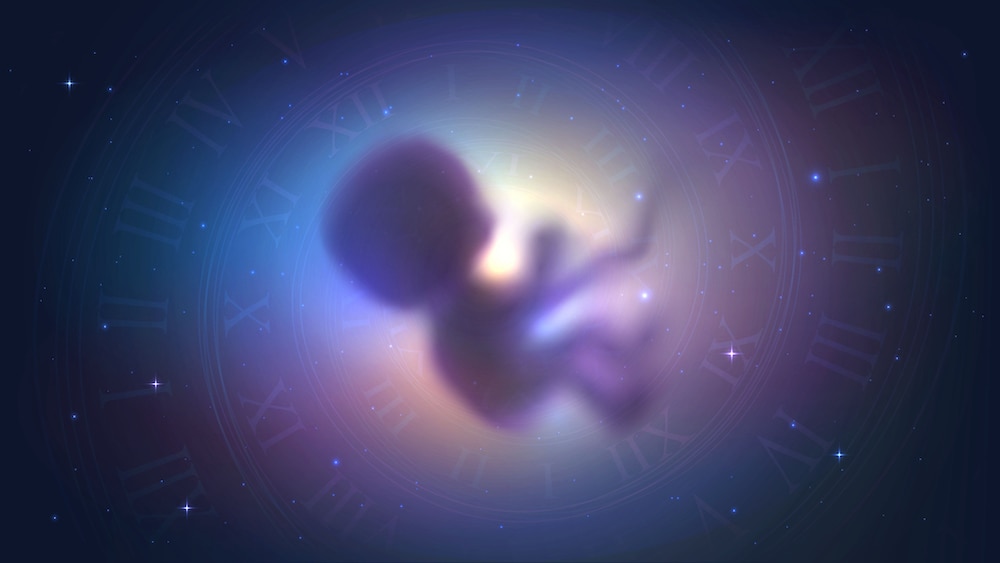Create a free profile to get unlimited access to exclusive videos, sweepstakes, and more!
'Brave New World' just got more real with the first mammal ever born from an unfertilized egg
Not exactly nowhere, but close enough.

What if you looked in the mirror and knew that you came from only one parent because another wasn’t necessary to create you?
Maybe it’s not exactly the dystopia Aldous Huxley envisioned (and was brought to life in the Peacock TV adaptation), where human embryos were conceived in vitro and grown in glass tanks (which would creep anybody out), but the possibility of creating another human from only the mother’s genes is kind of like a Brave New World altverse. Clones? More like parthenogenesis. This phenomenon, literally meaning “virgin birth,” occurs in some reptiles and other creatures — but never mammals. Until now.
Asexual reproduction is not a thing among mammals. That changed when an international team of researchers managed to turn unfertilized eggs (oocytes) from female mice into actual embryos. All of them survived for a while, and one even made it to adulthood. Parthenogenesis happens when an embryo develops from an unfertilized egg, but sexual reproduction in mammals requires both male and female DNA. This defied it.
“In mammals, parthenogenesis is limited because of problems arising from genomic imprinting,” the researchers said in a study recently published in PNAS, adding that “parthenogenesis can be achieved by targeted epigenetic rewriting of multiple critical imprinting control regions.”
Parthenogenesis does not happen naturally in mammals, and previous attempts ran into DNA glitches. Because mammalian conception needs genes that can only come from a male parent, the research team solved that by editing certain female genes with CRISPR until they were the same as if they had come from a male. They repeated the process with several eggs. These were then implanted into the female’s uterus and allowed to grow, and they went from embryonic to fetal stages to actual, living offspring, one of which was eventually able to produce its own offspring.
How a gene is expressed depends on imprinting, during which that gene is modified or altered, though the DNA sequence itself remains the same. Some imprinted genes are only expressed when inherited from the female while others need to be inherited from the male. The researchers had to be extremely precise with CRISPR editing. Deleting some genes can cause mutations that may end up being too problematic for an embryo to make it.
So how do some female animals manage to spawn without a mate or genetic intervention? When a gamete cell divides in the process of meiosis, there are four resulting cells. Each of these cells has half of the the parent cell’s chromosomes. These are known as haploid cells, as opposed to diploid cells, which have all the chromosomes. The byproducts of oogenesis are haploid cells, or polar bodies, which produced with oocytes. These cannot be fertilized and often die out. However, there are exceptions when a female needs no male.
There is one form of parthenogenesis that only needs an oocyte and a polar body to create an embryo. This is automixis, which occurs in certain species of sharks and moves some of the genes around so the offspring can survive. Another type of parthenogenesis, apomixis, works with gamete cells skipping meiosis entirely and self-replicating through mitosis, so all the necessary genes are already in there. Apomixis happens more in plants. Offspring conceived through either form of parthenogenesis are not clones, though they might look unnervingly close.
Anything that is born from automixis is going to be female, because it is going to get two X chromosomes passed down through the mother. This explains why the egg of a lizard which never mated hatched into another female. It is possible for parthenogenic offspring of some organisms to be male, but since their sperm only contains X chromosomes, all their offspring will be female.


























